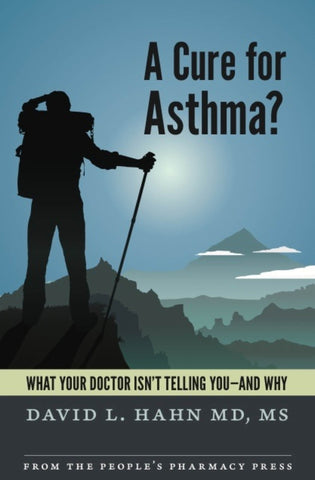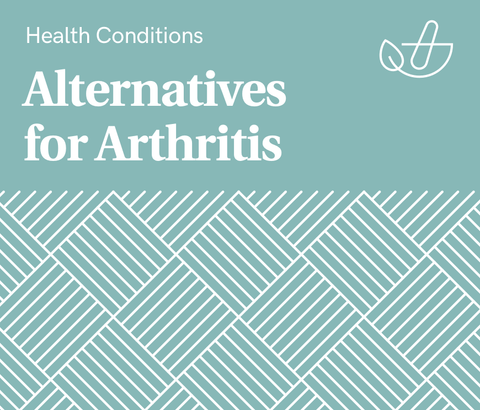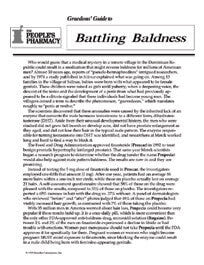Link to your individual collections by creating a new linklist in the Navigation section of the admin.
You can then have it appear here by choosing your new linklist under Customize Theme / Sidebar.

Show 1259: Preventing and Treating Parkinson's Disease
Cases of Parkinson’s disease have been rising steeply, but what we see now could be just the tip of the iceberg. The accumulation of certain chemicals in the environment may be contributing to an increased risk of this neuromuscular disorder. Pesticides such as chlorpyrifos appear to increase the risk for farmers and farm workers, while a compound called trichloroethylene has contaminated wells around the country. Another agricultural chemical that increases the danger of the disorder is the herbicide paraquat. What do you need to know about preventing and treating Parkinson's disease?
The Trouble with Trichloroethylene and Parkinson’s Disease:
Trichloroethylene (TCE) is an industrial solvent. It’s used in dry cleaning and refrigerants. Aerosol cleaning products, spray adhesives, carpet cleaners and paint removers may contain TCE. This chemical was used extensively by the military to degrease equipment, resulting in contaminated groundwater near certain installations such as Camp Lejeune. The government classifies TCE as a carcinogen. It is also linked to an elevated risk of Parkinson’s disease.
Diagnosing Parkinson’s Disease:
Before doctors can start treating Parkinson's disease, they need to diagnose the condition. People may need to be persistent in searching for a diagnosis, as this isn’t always quick and easy. Some red flags include unexplained constipation or a loss of the sense of smell. However, there are also numerous other conditions that cause those symptoms. There was a surge of Parkinson-like conditions following the 1918 flu epidemic; nobody knows whether COVID-19 will also increase the chance of developing this problem.
Treating Parkinson’s Disease:
Most physicians use a very old drug known as L-dopa (levodopa) for treating Parkinson’s disease. It works on the brain chemical dopamine, which becomes depleted in Parkinson’s disease. Researchers are developing new drugs, but their progress is slow. Moreover, the newest medications may be unaffordable for many individuals, even with insurance.
Nondrug approaches can be helpful. Specific visual and auditory cues can help people who are having trouble walking. Intense bouts of exercise on stationary bicycles or with a punching bag can also ease the symptoms of freezing and movement difficulties. A diet rich in colorful vegetables and fruits, like the Mediterranean diet, can reduce the risk of Parkinson’s. So can coffee, as long as it contains caffeine.
Ending Parkinson’s Disease:
It may be possible to end Parkinson’s disease, but it will require advocacy and concerted effort. This is not a partisan pitch; policy changes to protect the public will require citizens to let their legislators know that continuing exposure to dangerous chemicals must stop.
The authors of Ending Parkinson’s Disease are donating the proceeds of their book to efforts to end Parkinson’s. In addition, they invite anyone who can’t locate or afford the book to contact them at info@endingPD.org for assistance. That email will also allow people to send questions about Parkinson’s disease.
The EPA is holding environmental justice consultations on TCE on two dates: June 16 and July 6, 2021. The environmental justice consultation period extends through August 20, 2021. Here is a link: https://www.epa.gov/assessing-and-managing-chemicals-under-tsca/risk-management-trichloroethylene-tce
This Week's Guest:
Ray Dorsey, MD, is the David M. Levy Professor of Neurology at the University of Rochester, where he directs the Center for Health and Technology. For the past decade, he has used telemedicine to improve care for individuals with Parkinson’s disease. The co-author of Ending Parkinson’s Disease: A Prescription for Action, his research has been published in the leading neurology, medical, and economic journals and he has been featured in the Wall Street Journal and New York Times. Previously, he directed the Parkinson’s disease division at Johns Hopkins Medicine. The website is https://endingpd.org/




